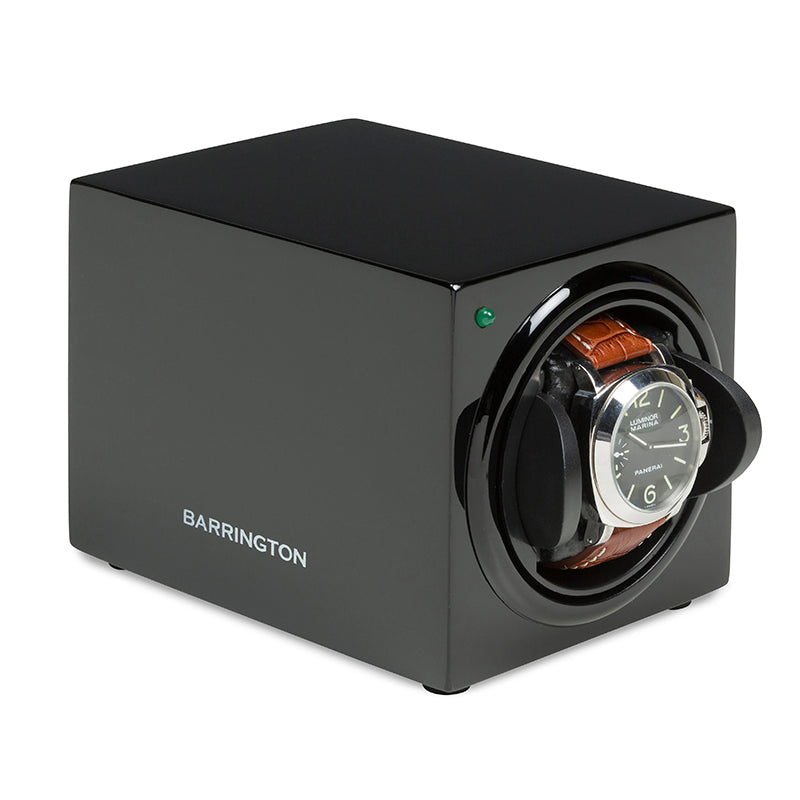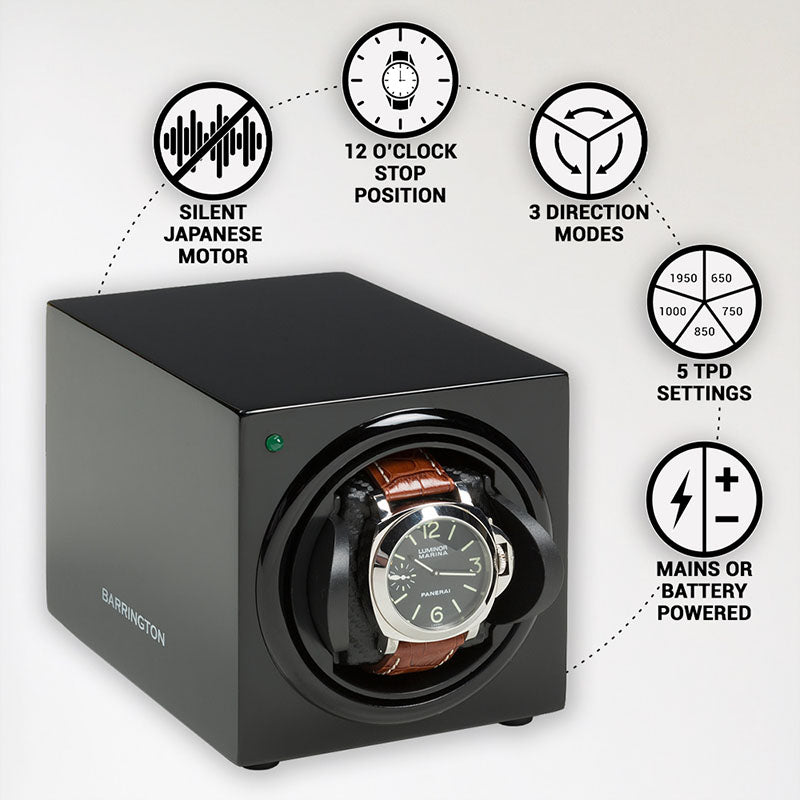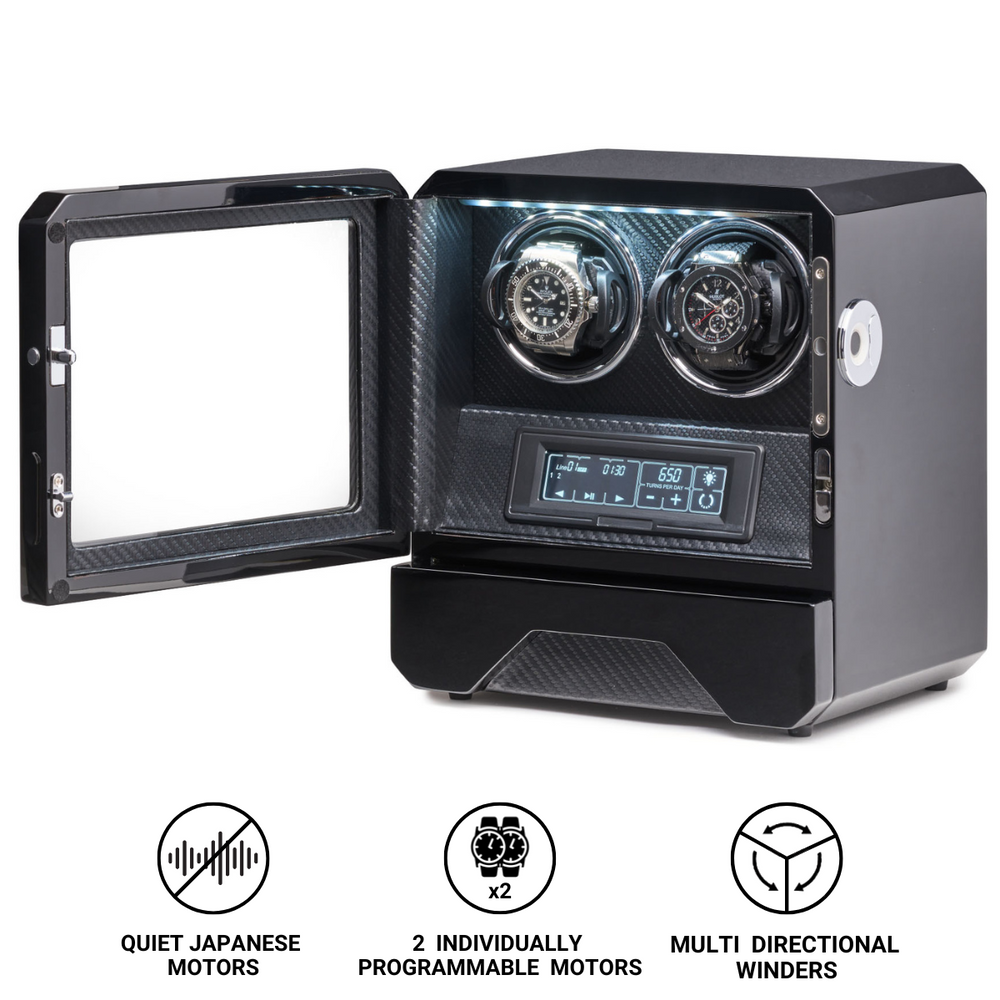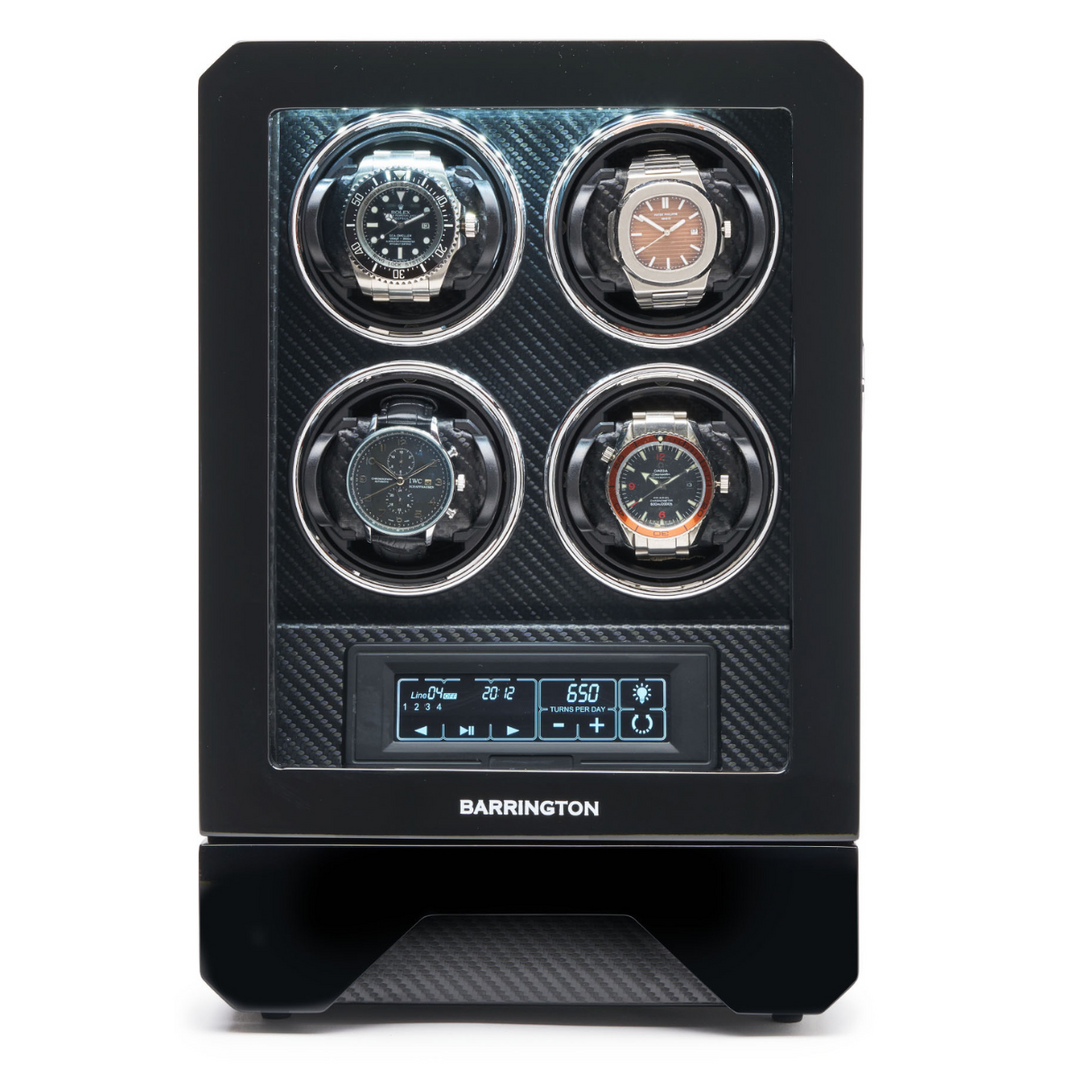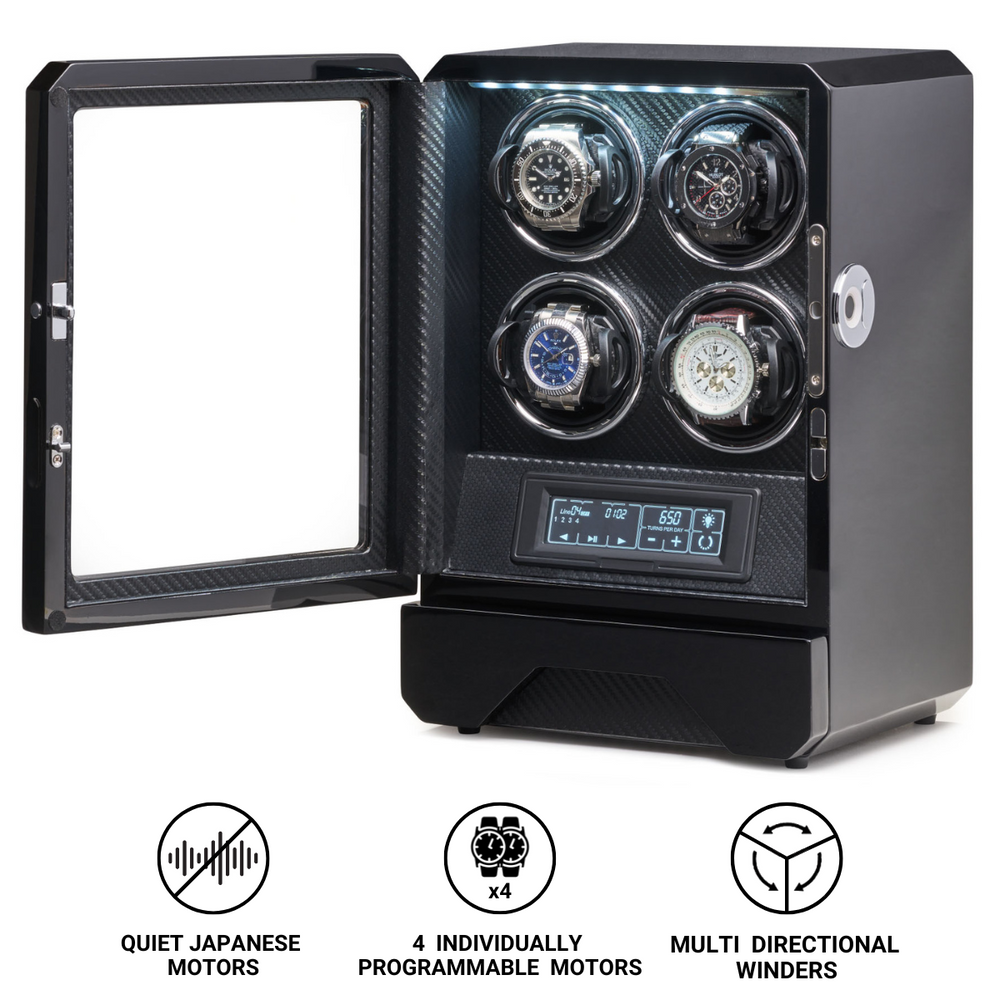What is Chronometer?
In the world of horology, few words carry as much prestige and historical significance as “chronometer.” While the term is often used loosely to describe accurate watches, in its strictest sense it refers to a timepiece that has been officially tested and certified for precision by a recognised authority. A true chronometer is not simply a fine mechanical watch; it is a certified instrument of exceptional accuracy, designed to meet the highest standards of timekeeping reliability.
The chronometer has a story that spans centuries, from the age of maritime exploration to the modern era of Swiss watchmaking. It represents mankind’s quest to master time with scientific precision and craftsmanship, transforming horology from art into an exact science.
The Origins of the Chronometer
The concept of the chronometer dates back to the 18th century, when solving the problem of determining longitude at sea became one of the great scientific challenges of the age. Sailors could calculate latitude relatively easily by observing the sun or stars, but determining longitude required an accurate reference of time. Without this, navigation was uncertain and often dangerous.
In 1714, the British government announced the Longitude Act, offering a substantial reward to anyone who could create a method to determine longitude within half a degree’s accuracy. This challenge led to one of the greatest technological achievements in horology: the marine chronometer.
The English clockmaker John Harrison devoted his life to this problem. Through a series of innovations in escapement design, temperature compensation, and materials, Harrison created a portable timekeeper—the H4 marine chronometer—that maintained remarkable accuracy even at sea. Tested by the Royal Navy in 1761, it proved that mechanical timekeeping could revolutionise navigation. Harrison’s invention became the foundation of precision horology, and the term “chronometer” was born to describe his extraordinary instruments.
From Marine Chronometers to Wrist Chronometers
During the 18th and 19th centuries, marine chronometers became essential tools for navigation, relied upon by explorers, traders, and naval fleets worldwide. These large, gimbal-mounted timepieces were built for stability and accuracy, usually kept in wooden boxes and wound daily.
As watchmaking evolved into the era of portable personal timepieces, manufacturers began applying the same principles of precision to pocket watches and, later, wristwatches. The goal was to produce smaller chronometers that could meet the same exacting standards as their maritime predecessors.
In Switzerland, Germany, and England, observatories such as Neuchâtel, Geneva, Besançon, Kew, and Glashütte began conducting rigorous trials to test the accuracy of timepieces. Watches that met the highest criteria were awarded official chronometer certificates, marking them as superior instruments of precision.
By the mid-20th century, the chronometer certification had become synonymous with the pinnacle of mechanical performance, especially among Swiss manufacturers who sought to distinguish their watches in an increasingly competitive market.
The Role of Official Testing Bodies
Today, the most recognised authority for chronometer certification is the Contrôle Officiel Suisse des Chronomètres (COSC), the Official Swiss Chronometer Testing Institute, established in 1973. COSC tests and certifies over a million watches annually, though this still represents only a small fraction of total Swiss watch production.
Each watch submitted to COSC must pass a series of stringent tests over fifteen days, conducted in five different positions and at three different temperatures. The watches are tested individually, not as batches, and the results must meet extremely precise standards of performance.
For a mechanical watch to receive COSC certification, its average daily rate deviation must fall between -4 and +6 seconds per day. Quartz watches, which operate on different principles, must meet even stricter tolerances.
The COSC certification process involves the following key steps:
-
Temperature and Position Tests
Each movement is tested in five positions (dial up, dial down, crown left, crown up, crown down) and at three temperatures (8°C, 23°C, and 38°C). These tests ensure that the movement maintains consistent accuracy under varying conditions. -
Mean Daily Rate Calculation
The mean daily deviation is calculated over 15 days, with additional criteria evaluating the difference between the fastest and slowest rates, the variation in rates between positions, and the effect of temperature on accuracy.
Only movements that meet all criteria receive the official COSC certificate and may be labelled as “Chronometer” on the dial or case.
Beyond COSC: Other Certification Standards
While COSC remains the most famous authority, other institutions and manufacturers have developed their own chronometer standards.
-
Observatoire de Besançon (France): This historic French institution offers its own chronometer certification, similar to COSC, and awards certified watches the “Viper’s Head” hallmark.
-
Glashütte Observatory (Germany): The German chronometer testing body applies similar tests to COSC but with additional requirements, ensuring the entire watch—not just the movement—is tested.
-
METAS (Switzerland): Introduced by the Swiss Federal Institute of Metrology and used primarily by Omega, METAS certification combines COSC standards with more extensive testing for magnetic resistance, power reserve, and water resistance. Watches that pass are called “Master Chronometers.”
-
Geneva Observatory and Patek Philippe Seal: Historically, observatories like Geneva conducted competitions for precision chronometers. Today, brands such as Patek Philippe maintain their own standards of accuracy, equivalent or superior to traditional certifications.
These multiple systems show that the concept of a chronometer has evolved beyond a single certification. It now represents a broader philosophy of mechanical excellence.
Technical Features of a Chronometer
A certified chronometer is not defined solely by testing but by the quality of its design and construction. Achieving such precision requires meticulous attention to detail in every component of the movement.
Chronometer movements often include:
-
High-Quality Escapement
The escapement regulates the release of energy from the mainspring, ensuring uniform motion. Chronometers use finely adjusted Swiss lever escapements or, in exceptional cases, more sophisticated designs like detent or coaxial escapements. -
Temperature-Compensated Balance Wheel
Changes in temperature can affect metal expansion and elasticity. Traditional chronometers used bimetallic balance wheels and special hairsprings to counter these effects. Modern movements use materials such as silicon and alloys like Nivarox, which are highly resistant to temperature and magnetism. -
Fine Regulation System
Chronometers employ micro-regulators or variable inertia balances, allowing watchmakers to adjust the rate with extreme precision. -
Superior Finishing and Assembly
Components are hand-finished, polished, and assembled under strict tolerances to reduce friction and ensure long-term stability.
These technical refinements ensure that the chronometer remains accurate not only during testing but throughout years of wear.
The Aesthetic and Symbolic Value of the Chronometer
While chronometer certification is a scientific process, it also carries deep emotional and symbolic meaning. It represents trust, reliability, and the mastery of mechanical precision.
In the 20th century, brands such as Rolex, Omega, and Longines built their reputations around chronometer performance. Rolex, in particular, made the chronometer certification a hallmark of its identity, with nearly all its watches certified by COSC. The phrase “Superlative Chronometer Officially Certified” became synonymous with excellence.
Collectors often regard chronometer watches as both technical and cultural icons. They embody the pinnacle of what mechanical engineering can achieve before entering the realm of electronic accuracy. In this sense, a chronometer is not just a measurement of precision but also a celebration of traditional watchmaking craftsmanship.
Chronometers in Everyday Use
Although the mechanical chronometer was originally designed for navigation and professional use, it remains highly relevant for modern enthusiasts. Its accuracy ensures reliable performance in daily life, while its heritage connects the wearer to centuries of innovation.
Some collectors also take pride in observing how their chronometer performs over time. Variations within the COSC standard are often measured by enthusiasts using timing machines or smartphone apps. The appreciation of such fine tolerances transforms wearing a chronometer into a dialogue between human craftsmanship and mechanical precision.
The Chronometer and Modern Technology
The rise of quartz and digital watches in the late 20th century brought new benchmarks for accuracy, with even inexpensive quartz watches outperforming traditional mechanical chronometers. However, mechanical chronometers continue to thrive because their value lies not only in accuracy but also in artistry, complexity, and heritage.
Technological innovations such as silicon balance springs, antimagnetic alloys, and new lubrication materials have allowed modern mechanical chronometers to achieve even higher stability and reliability. The combination of tradition and advanced materials ensures that chronometers remain at the forefront of fine watchmaking.
Conclusion
The chronometer stands as one of horology’s greatest achievements, representing centuries of progress from the marine instruments that guided explorers to the precision wristwatches that define modern luxury. It is both a technical certification and a cultural symbol, bridging science and art.
A certified chronometer embodies the watchmaker’s pursuit of perfection: the relentless effort to tame time within the confines of a mechanical movement. Whether powered by a mainspring or enhanced by silicon technology, a chronometer remains a testament to human ingenuity and the enduring beauty of precision.
To own or wear a chronometer is to carry a piece of horological history on the wrist—an instrument born from exploration, refined through craftsmanship, and perfected by generations of watchmakers in their timeless quest for accuracy.


